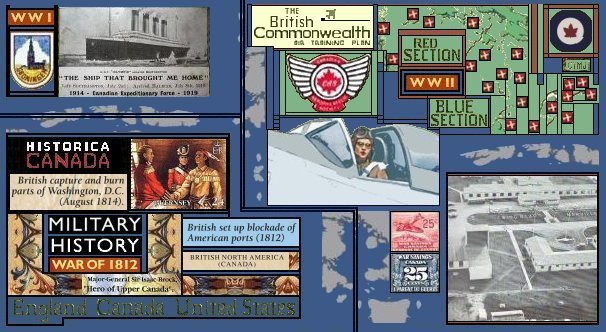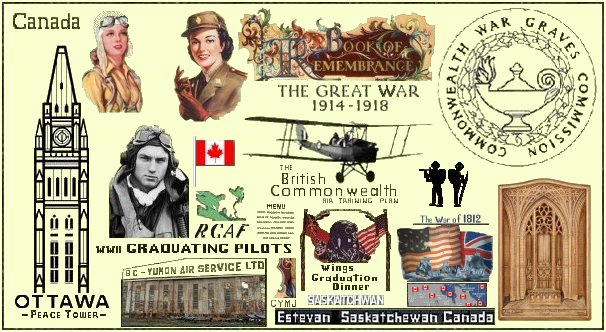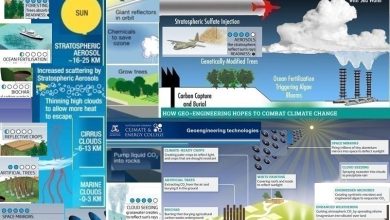
As the second largest global country by total area and the fourth largest global country by land area, Canada has the longest coastline, more inland waters and lakes than any other country, various land regions, enormous maritime terrains, and various islands; it expands from the Atlantic to the Pacific and northward into the Arctic Ocean. Before Canada became independent, it was a British colony (defining it as ‘part and parcel’ of Great Britain). Whenever Britain declared war on a country, Canada was at war too. The War of 1812, the military conflict between the United States and Great Britain, had the effect that the war moved to Canada as America invaded and attempted to annex Canada several times. When Britain declared war on Germany in 1914, Canada was at war again. The Commonwealth War Graves Commission (CWGC) is an intergovernmental organisation of six independent member states whose main function is to honour the one-million-and-seven-hundred-thousand military service members (men and women) of the Commonwealth Nations who died during the First and Second World Wars by recording, naming, and preserving the graves and places of memorials. The non-profit Honour Flight Network was founded by aging war veterans who want people to value the price of freedom so that the sacrifices of the fallen will live on.
The National Capital Commission (NCC), in co-operation with the Virtual Museum of Canada (VMC) and TEACH Magazine, assembled lessons and videos for Canadian scholars to highlight and explore the importance of Canada’s Capital Treasures that symbolise awareness, understanding, commitment, and sacrifice. One such treasure is the Peace Tower, built between 1919 and 1927, at the main entrance to the Canadian Houses of Parliament in Ottawa. Another treasure is the Canadian Virtual War Memorial (CVWM), also known as the online registry of more than 118,000 Canadians who sacrificed their lives in service of their country. The Canadian Fallen is the virtual component of the National Wall of Remembrance Project under the umbrella of the CVWM website. It includes the names of the fallen soldiers of each and every conflict that Canada has been involved in since the War of 1812; South African War, Boer War, First Boer War, Second Boer War, World War I, World War II, the Korean War, Vietnam War, Bosnia, Gulf War, and Afghanistan. For more than a century, Canada has lost the lives of multiple aircrew, sailors, and soldiers overseas. Many families have never seen the graves as most of them are buried far from home. The internet has been a tool to preserve the memories of the ancestors; sadly, more or less sixty percent of British World War I records were destroyed in a German World War II air raid on London. By 1990, the Peace Tower underwent a major maintenance project. After completion of the project in 1996, an all-inclusive program was assigned to monitor the performance and structural movement of the tower under different environmental conditions. A monitoring program helps to diagnose causes of deterioration, provides warning signals for prompt maintenance action, and assists with valuable guidelines for the maintenance of similar heritage buildings. During 2020, the Virtual Museum of Canada developed into the Digital Museums of Canada (DMC), changing the focus from virtual exhibitions to investment in digital presence and online projects by Canadian museums and heritage organisations. It supplements the physical War Memorial located on the grounds of the Saskatchewan Legislature in Regina. The criteria are set by the Government of Canada for inclusion in the books of Remembrance in Parliament Hill’s Peace Tower in Ottawa and on the Canadian Virtual War Memorial website. When researching and compiling a family tree, Canadian Military Service Records contain information that is difficult to find from other sources.
Although Canada was geologically detached from the scene of the fighting in Europe at the beginning of World War II, the country fulfilled a crucial role in the efforts to restore peace. Canada’s history during World War II began with the German invasion of Poland in 1939. In the same year, Great Britain, Canada, Australia, and New Zealand signed an agreement creating the British Commonwealth Air Training Plan. (The CVWM website includes a list of facilities of the BCATP in Canada). It was a massive program to train Allied aircrews for World War II and included pilots, air gunners, bomb aimers, flight engineers, navigators, and wireless operators. The project was located in Canada, managed by the Government of Canada, and instructed by the Royal Canadian Air Force (RCAF). Airports were nominated as Service Flying Training Schools (SFTS) which included twenty Canadian airports (operational or non-operational); each SFTS (assigned with an individual number to identify the airport) was allocated with aerodromes and airports as relief landing fields in close proximity to the SFTS. Many airports in Canada (particularly those in Saskatchewan) have dirt, grass, or gravel runways, few building structures, and are most likely neglected. ‘Abandoned and Little-Known Airfields’ has been on the world-wide-web since April 1999 and with public support, (historical material and financial contributions) it has expanded over the past 20 years; from April 2002 to October 2021 the site has had 2,783,000 visitors. Estevan Regional Airport (located north of Estevan, Saskatchewan and more or less 16 km north of the Canada-United States border) was one of the SFTS chosen airports. It had two asphalt runways and more buildings than the other deserted airports. Some training facilities were even built at great cost such as number eleven SFTS in Yorkton, Saskatchewan which required the services of construction companies from Winnipeg, Manitoba and Saskatoon, Saskatchewan. The Northwest Staging Route (developed in 1942) was a series of airstrips, airport and radio ranging stations built in Alberta, British Columbia, Alaska, and the Yukon. It extended into the Soviet Union as the Alaska-Siberian air road (ALSIB). Young men from all over Canada and distant countries arrived at the Service Flying Training Schools. The airports became production lines for pilots bound for battlefronts in Asia, Europe, North Africa, and the South Pacific – 131,533 British Commonwealth aircrew graduated in Canada. Of the graduates, 23,070 men and 2,461 women were from the Royal Canadian Air Force.
With the BCATP only concentrating on training aircrews, a war also includes the soldiers at sea and on land. In total, more or less one-million-and-one-hundred-thousand Canadians served in the Canadian Army, Royal Canadian Air Force, Royal Canadian Navy, and in other Canadian forces. During this time another one-thousand-seven-hundred-and-fifty Canadians enlisted in the Canadian Armed Forces; one-hundred-and-twenty-two new recruits never returned from the war (based on the online service files of World War II Armed Forces at Library and Archives Canada). Canadian meteorologists were not allowed to join the RCAF; however, official policy changed during 1945. They immediately started joining (or were about to join) when the war ended. World War II was the third major battle that Canada participated in; it resulted in more than 45,000 fallen Canadians. In 1946, twenty personnel of the RCAF were killed at Estevan Regional Airport in Saskatchewan when the C-47 Dakota flying them back to Canada after the war crashed at the airport. The BCATP’s Service Flying Training Schools in Saskatchewan were attended by more than 20,000 aircrew trainees that made a significant social and economic impact on the Canadian community of Saskatchewan province.












